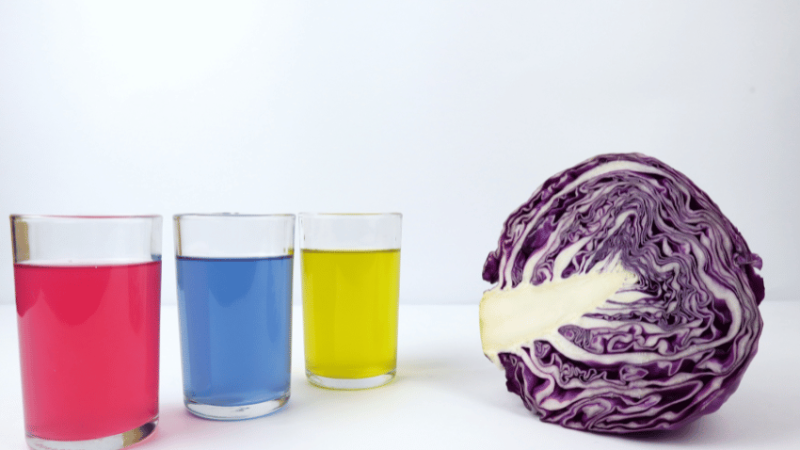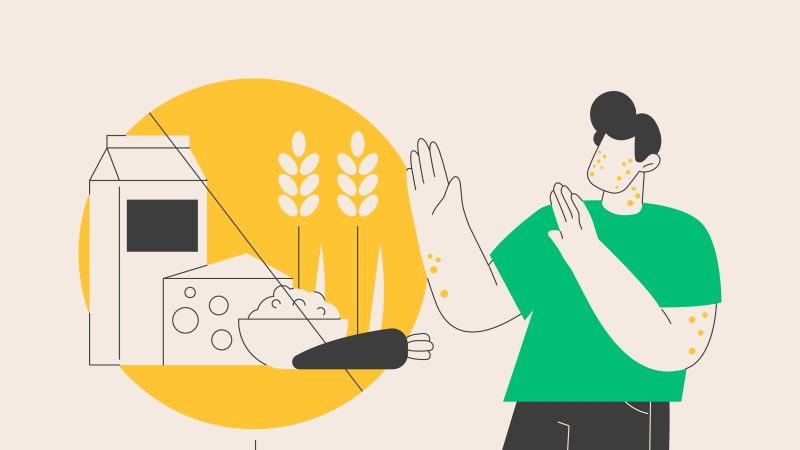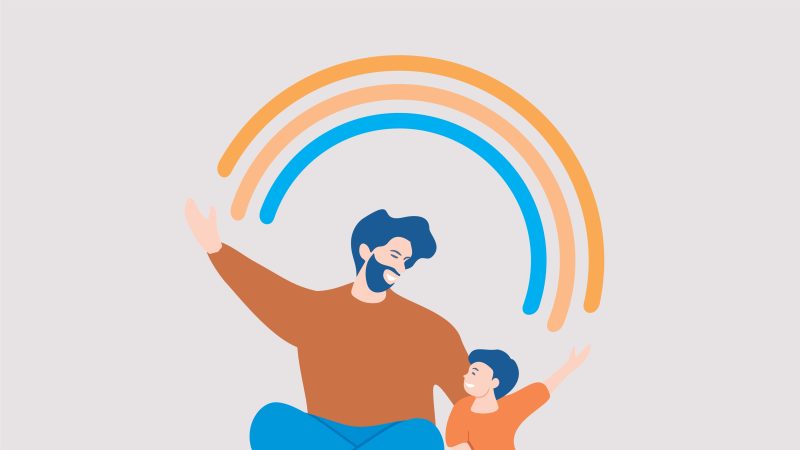Newborns In Nature – It’s Never Too Early To Take Infants Out Into The Fresh Air
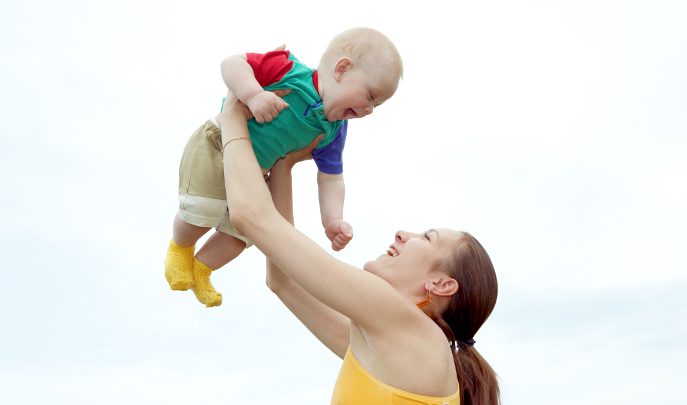
The sooner children are exposed to the outdoors, the better their chances of avoiding increasingly prevalent problems with attention, balance, strength, coordination or sensory processing
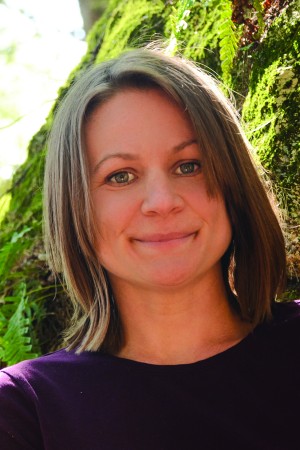
- by Angela J Hanscom
- Paediatric occupational therapist and founder of TimberNook Visit website

Being outdoors in nature offers children – including babies – an ideal environment in which to develop their sensory systems.
0-6 months
Babies are born with great potential to adapt to sensory experiences. They already have most of their neurons, their senses are intact and their bones, muscles and ligaments are in the right places.
However, in order to start effectively moving their body and making sense of the world, babies require frequent access to a rich and varied (but not overwhelming) sensory environment. Nature provides this for us in abundance.
Take a walk Newborns benefit from the sensory input that accompanies being carried for walks outdoors. As a caregiver switches a baby from one side of her body to the other, the baby experiences varying gravitational forces.
Not only does this force the baby’s muscles and bones to adapt and get stronger, but it also stimulates the movement and position senses. As you vary the position of a child, you move the fluid around in his inner ear, stimulating the vestibular (balance) sense. Just like a muscle that strengthens the more it is used, our senses become more organised the more they are stimulated.
As you carry children, you also give them an opportunity to push their limbs against your body, providing sensory stimulation to joints and muscles. This helps to calm children and lays the foundation for them to eventually be able to control the force and direction of their movements, which is essential for effective motor skill development.
One of the first things babies learn to do is hold their head up and control their eye muscles. Carrying a baby against your shoulder in a vertical position gives her the opportunity to practise keeping her eyes and neck stable while you move.
The more often you carry her in this position, the more opportunities she has to master integrating the senses from the eye muscles, the movement and gravitational senses of the inner ear, and muscle sensations from the neck in order to create a clear picture of the world around her. This integration of the senses is essential for developing the basic head and eye control needed for later looking and listening. Igniting the senses Children are born with eyes that aren’t yet well organised. Nature offers an array of visual stimuli for babies to observe without overwhelming their visual system. As they stare at a flower or a colourful leaf, they learn how to control their eyes without crossing them.
They can also practise tracking moving objects, like a butterfly fluttering nearby or an ant making its way up an anthill.
Sounds in nature can be rhythmic and calming, such as the crashing of waves, or alerting, such as the high-pitched calls of a bird. All help children orient their bodies to the surrounding environment because they hear a variety of sounds with varying frequencies and from different distances all around them. These variations help them establish a strong sense of spatial awareness.
Babies also respond to noises by turning their heads to look at the source and perhaps smiling or crying. Responding to noise is the first building block in the development of speech (Ayres 2000). ‘Floor time’ Spending time on the floor is essential for developing the muscles of the core and lower and upper body. As children push against the ground, they establish postural control and develop a strong proprioceptive sense. These become the foundation for stability, effective gross motor coordination and later development of fine motor skills.
Placing babies on the ground outdoors, whether on a blanket or the grass. enhances their sensory experience immensely as they can reach for blades of grass or shift the dirt around in front of them. These sensations develop and refine the sense of touch in hands, feet and other body parts that have contact with the natural world.
7-12 months
Play outdoors is essential for a growing baby. Varied movement experiences are especially important between seven and 12 months, but babies need to challenge their bodies, minds and senses by exploring the world around them. Uneven terrain The terrain outdoors is constantly changing, which challenges a baby’s sensory system to adapt while he or she is crawling and learning to walk.
The more adaptations required, the more organised and refined the senses become. At the same time, the varying tactile and temperature sensations increase the baby’s tolerance to these experiences as well.
Variation in the gravitational forces and loads on different parts of the body creates stronger bones and muscles. It also increases the amount of input the joints and muscles get, improving their ability to regulate the distance and force needed to execute movements effectively.
Trending
Changing direction also sends maximum stimulation to the inner ear, helping to develop a skilled balance system. The more babies move, the more they fall, the more sensations they experience, and the more they are able to master new motor skills and further integrate and organise senses.
Language and memories Play outdoors provides meaningful experiences, laying the foundation for speech development and memory formation.
The combination of rich, new sensations, such as sights, movements and smells, helps create strong associations between an experience and the meaning of that experience.
Since nature offers a multisensory experience, it creates more feedback about an object or situation, leading to a more advanced processing of that particular object or situation in the brain.
A little less ‘no’ By constantly telling young children ‘no’ we prevent them from gaining rich sensory experiences and attaining the necessary building blocks to foster healthy sensory development.
The same goes for babies. They need daily opportunities to challenge themselves in order to process the functions of their body and make sense of the world around them.
Our job is to support our babies’ growing independence and need to move. Be there just in case an infant needs you, but encourage them to try new things by simply being present. There’s no need to say anything. Your presence and a smile will reassure babies enough to take new risks.
IS IT SAFE?
Getting dirty won’t hurt your children, and minor scrapes can be a valuable learning experience.
• Bumps and splinters The idea of a bruise or splinter is abstract to babies, but they learn valuable lessons from real scrapes, such as cause and effect. If I touch that prickly bush, it will pinch me. Bumps also teach them how to regulate emotions, such as fear and frustration, and how to tolerate sensations of pain.
• Getting dirty When you see children covered in dirt, don’t scold them. Getting messy helps them to develop a strong tactile sense. Sampling a little dirt and playing with it may actually improve the immune system, too, protecting against the development of allergies and asthma.
• Chewing on sticks Babies use the oral sense to learn more about an object’s size, texture and taste; putting pinecones or a stick in the mouth teaches them about the natural world. Keep an eye out for rubbish, droppings, insects, plants and small objects like rocks that could get lodged in the throat, though.
Angela J Hanscom is a paediatric occupational therapist. This article is an edited extract from her book Balanced and Barefoot (£13.99, Little Brown), which explains why outdoor play and unstructured freedom of movement are vital for children’s cognitive development and growth.






